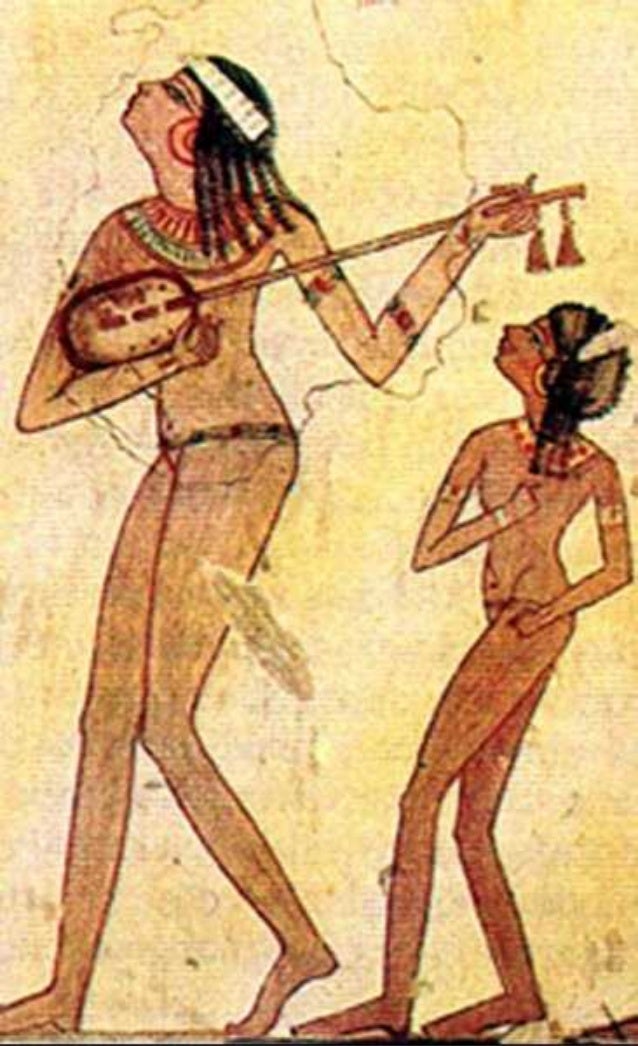
An ancient Nubian woman, estimated to have lived between 1750 and 1550 BCE, has emerged as a significant figure in the study of rheumatoid arthritis (RA), according to recent findings published in the International Journal of Paleopathology.

Unearthed in 2018 during excavations along the Nile near Aswan, Egypt, her remarkably preserved skeleton has provided archaeologists with a rare opportunity to delve into the health challenges of individuals from antiquity.
Led by a joint Italian-Polish archaeological mission as part of the Aswan-Kom Ombo Archaeological Project (AKAP), the discovery marks a milestone in understanding the prevalence of RA in ancient Egypt. Mostafa Waziri, the Secretary-General of the Supreme Council of Antiquities, hailed it as a groundbreaking revelation, emphasizing its significance in shedding light on the health conditions of ancient Egyptians.

Analysis of the woman’s skeletal remains revealed erosive lesions indicative of RA, affecting various joints in her body, including her hands, feet, shoulders, elbows, wrists, and ankles. This diagnosis, confirmed by experts like Mindy Pitre, an associate professor of anthropology at St. Lawrence University, provides valuable information about the impact of autoimmune diseases on individuals’ lives in ancient times.

While RA is prevalent in modern society, affecting around 0.5–1% of the adult population, its existence in ancient civilizations was less understood. The significance of this finding lies not only in its rarity but also in its implications for our understanding of ancient medical knowledge. Despite the absence of direct references to RA in ancient Egyptian texts, the discovery challenges previous assumptions about the prevalence and recognition of autoimmune diseases in antiquity.
Moreover, the woman’s burial with grave goods, including a leather garment adorned with ostrich eggshell beadwork and stone, a mother-of-pearl bracelet, and pottery fragments from both Nubian and Egyptian traditions, offers a glimpse into her social status and cultural practices.

Researchers acknowledge the limitations of diagnosing ancient diseases solely through skeletal remains. Still, they emphasize the importance of continued research to unravel the complexities of ancient health conditions and their impact on individuals’ lives.